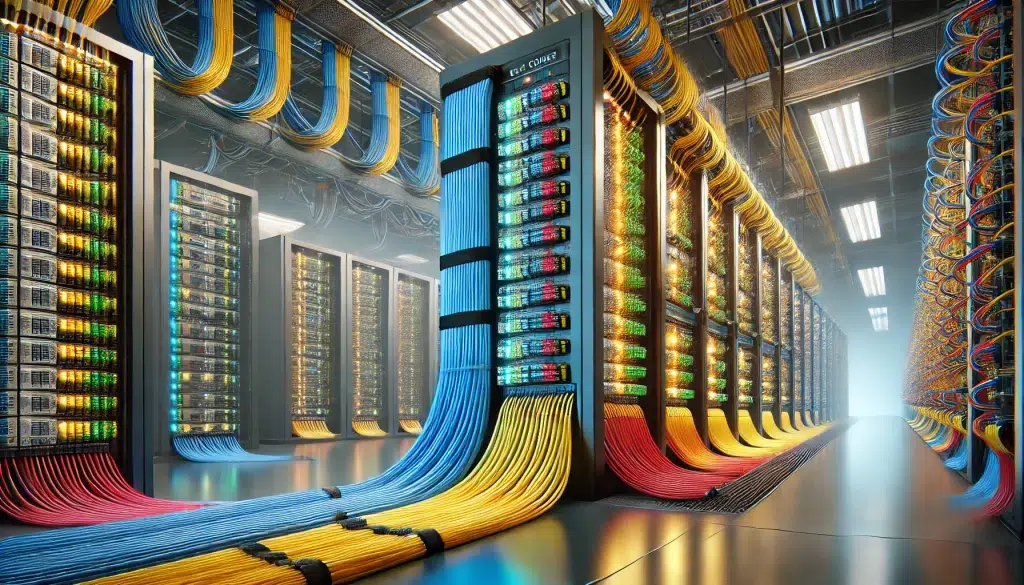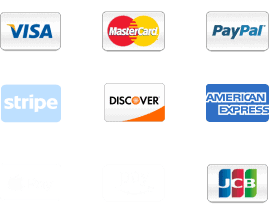In a data center, cross connects are the crucial links that physically connect your equipment to other network resources, carriers, or other data centers. These cross connects, which often involve fiber optic cables or copper wires, are essential for ensuring smooth data transmission and reliable connectivity. However, despite their critical importance, several problems can arise with cross connects that can disrupt service and introduce significant challenges for both data center operators and clients.
Failed Transceivers and Equipment Malfunctions
One of the most common and frustrating issues with cross connects is the failure of transceivers. Transceivers, which are devices that convert electrical signals to optical signals (and vice versa), are an essential part of the connection. When a transceiver fails, it can prevent the successful transmission of data across the fiber, leading to connectivity issues, slow speeds, or total service interruption.
The failure of these small but essential components can be difficult to diagnose initially because they can work intermittently or show signs of performance degradation over time. The root cause may not always be immediately clear, which complicates troubleshooting and resolution.
Delays in Installation and Carrier Availability
Another common issue is delays in the installation of cross connects. Sometimes, customers may request a new cross connect to be established between their equipment and a carrier’s network, but the provider may take several weeks or even months to deliver the service. These delays often happen due to a variety of factors, including resource shortages, logistical issues, or even backlogs within the provider’s own processes.
These delays can be especially problematic for companies that depend on timely cross connects to support critical applications or migrations. This wait time can affect everything from moving new servers into the data center to scaling up bandwidth capacity. The inability to meet deadlines can cause significant disruption, affecting everything from SLAs (Service Level Agreements) to the overall efficiency of the client’s operations.
Fiber Run Length Issues
Perhaps the most insidious problem is the issue of fiber run length. In theory, the longer the fiber run, the more signal degradation will occur due to attenuation—the loss of signal strength over distance. Fiber optic cables have a limit to how far they can carry a signal without requiring amplification or additional regeneration.
When the cross connects are installed over longer distances than they should be, the light signal that travels through the fiber can lose strength. This often results in network errors or total connectivity failure. Insufficient light output from the fiber can cause the cross connect to fail during testing or, even worse, after it has already been turned up and is running in production. The issue may be subtle at first, with slower performance or intermittent errors, but it can quickly escalate to more severe disruptions.
The Hassle of Diagnosing the Problem
When a cross connect fails due to fiber attenuation, one of the most frustrating aspects is the complexity of diagnosing the issue. Carriers typically must be involved to check the fiber length and perform testing on the light levels on both sides of the connection. This can be a time-consuming and inconvenient process.
Testing the fiber involves using a device like an optical time-domain reflectometer (OTDR) or a light meter to check whether the light signal is strong enough for a reliable connection. If the signal strength is too weak, the carrier may need to replace the fiber, use a different route, or implement an additional optical amplifier or regeneration equipment to boost the signal. This testing often requires multiple visits or long waits for equipment availability, leaving customers frustrated with prolonged downtime.
Troubles with Media Converter Boxes
Some carriers offer a solution in the form of media converter boxes, which are designed to convert signals between different types of media—such as from fiber to copper or vice versa. While this may seem like a simple fix, these boxes are not foolproof.
The media converter box can sometimes fail to properly convert the signal, resulting in poor performance, intermittent connectivity, or complete loss of service. These boxes also add an additional layer of complexity to the connection and may require additional troubleshooting if they malfunction. In some cases, the media converter box may introduce its own set of signal degradation issues, adding another layer of potential failure into an already delicate cross connect setup.
Moreover, these devices often add an extra point of failure in the system, as they are yet another piece of hardware that can malfunction or become obsolete. When a converter box fails, it may not always be immediately obvious to the data center operator, since the symptoms can resemble those of fiber attenuation or other network problems. As a result, it may take time to determine whether the issue lies within the converter box itself or elsewhere in the connection.
6. Ensuring Effective Communication with Providers
Finally, another significant challenge with cross connects is ensuring that the carrier is fully aware of and responsive to the issues that arise. Communication is key, especially when troubleshooting complex connectivity problems. If a carrier fails to promptly check the fiber length, test light levels, or provide timely updates on the status of the issue, clients can experience long delays and added frustration.
Getting a carrier to perform the necessary troubleshooting can be time-consuming and may require several rounds of communication and escalation. In some cases, the data center or client might need to work through the carrier’s customer service or technical support teams, which can add complexity to the problem resolution process. The carrier’s responsiveness—and the accuracy with which they assess and fix the issue—can play a major role in how quickly the cross connect issue is resolved.
Final Thoughts: The Importance of Preventative Measures
Cross connects may seem like a simple part of the data center infrastructure, but they can become a significant source of problems. From issues like failed transceivers, delayed installations, and signal degradation due to long fiber runs, to problems with media converter boxes and carrier responsiveness, there are many ways a cross connect can fail.
For data center operators and clients, understanding the potential issues and how to address them is critical. Ensuring that cross connects are properly installed, regularly tested, and maintained can help prevent these problems from causing significant disruptions. It’s important to be proactive in communicating with carriers, monitoring fiber quality, and ensuring that the signal integrity is preserved throughout the life of the cross connect.
By addressing these issues upfront and working closely with service providers, you can minimize the risks associated with cross connects and ensure your network operates smoothly.


